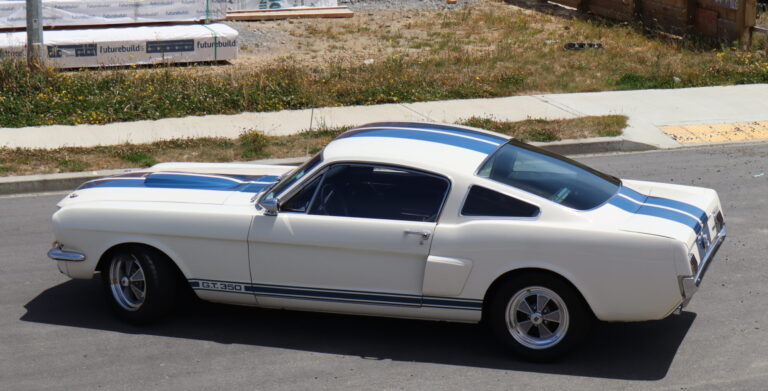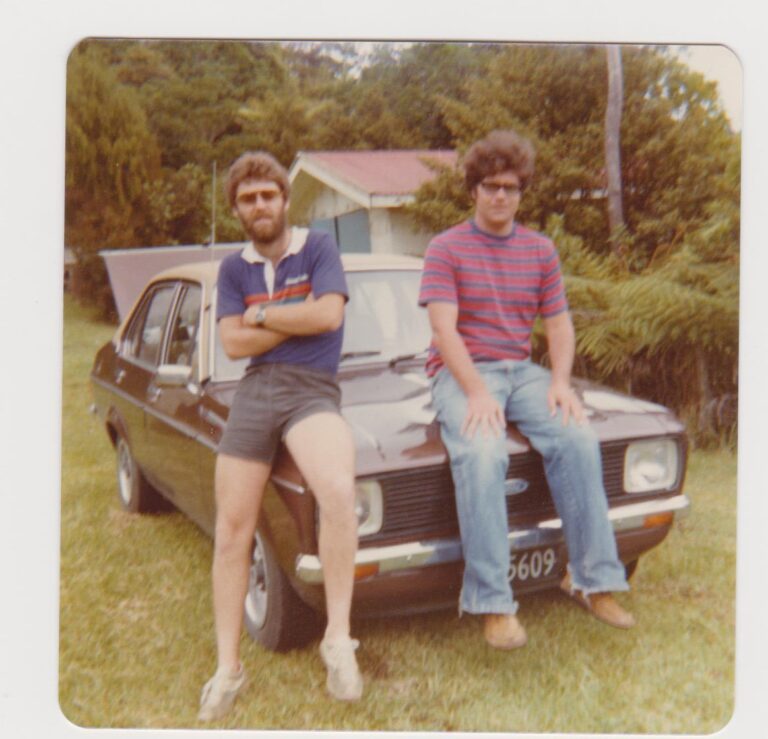As a child, Peter Giacobbi was an avid fan of motorsport who admired legendary drivers like Juan Manuel Fangio and Wolfgang von Trips. He also admired their weapons of choice, holding Ferrari’s beautiful 250 Testa Rossa above all others.

Image: Petrolicious
So when he found a handmade, all-aluminium Testa Rossa body in Italy, it didn’t take him long to arrive at an ultimate conclusion that would see him embark on one of the most memorable and emotional restorations we’ve ever seen.
“I looked at it, and I said ‘I have to do it,’” Peter says.
The team at Petrolicious met up with Peter and his car to produce this amazing video, titled Building a Dream.

Image: Petrolicious
Weighing in at 2300 pounds, or just over one tonne, Peter’s near-authentic creation makes use of a 4.4-litre engine from a Ferrari 365, capable of 400hp. While the engine may not be original, it has similar aesthetics to the original, and is faster.
Only when he was finally able to get behind the wheel of his own comparable beast was Peter able to fully comprehend the challenge his childhood heroes faced every time they got behind the wheel.
“I discovered it after driving it and racing it several times. They’re not only heroes — they’re supermen.”
“It’s the most fun and the most rewarding project that I’ve ever worked on. If somebody offered me a real one in exchange for it, I don’t think I would take it. Because this is what I want.”

Image: Petrolicious
This isn’t just a case of ‘built not bought’, this is a passion for cars and motoring at its most raw. Bravo, Peter.


